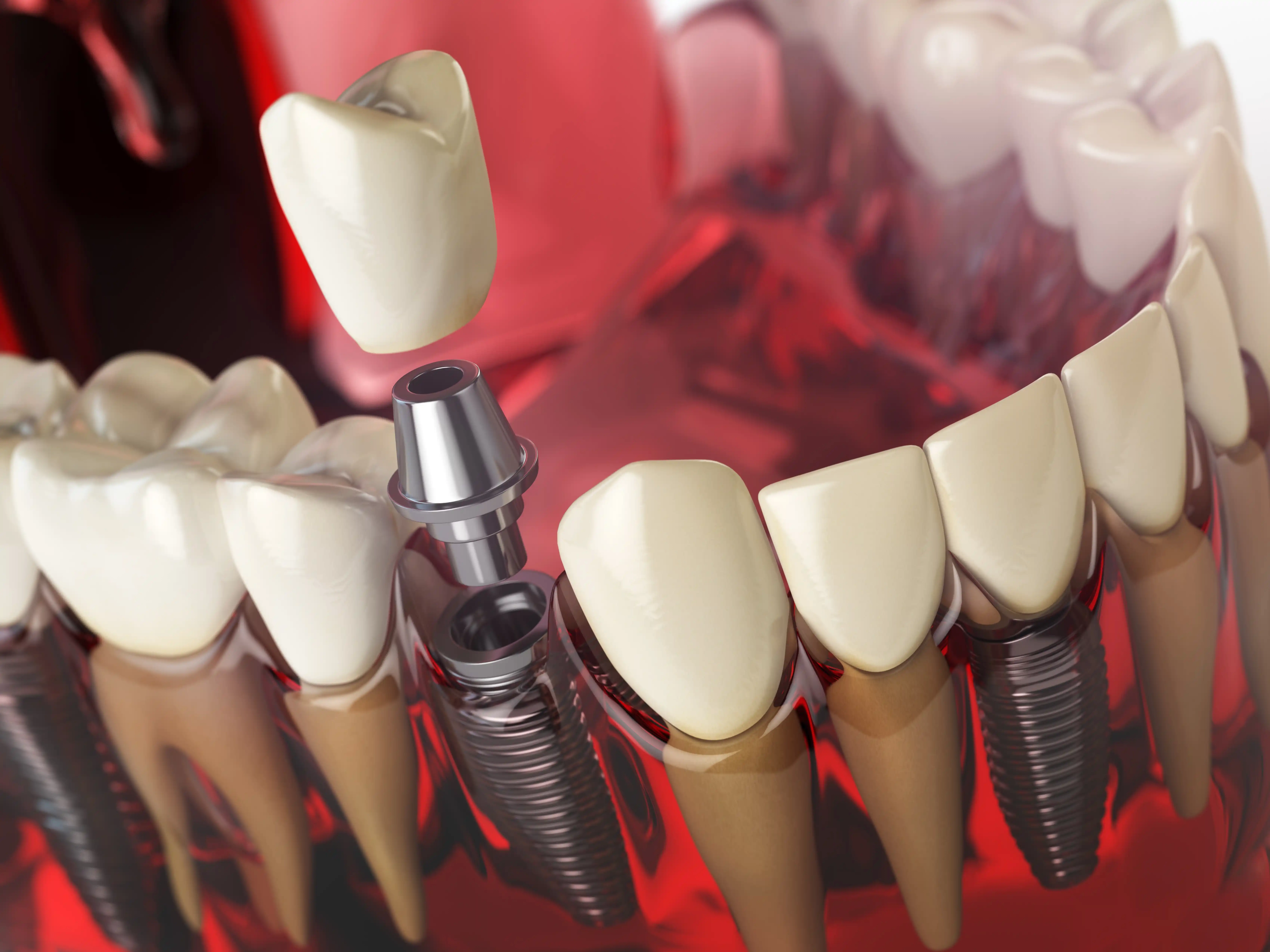Rabbits that live as pets often suffer from cheek and dental pain. Unfortunately, this issue usually requires treatment after it reaches advanced stages due to overgrowth or malocclusion of their incisors and malocclusion of teeth.
This study seeks to objectively describe age-dependent changes in pulp morphology of maxillary cheek teeth in alpacas. Our findings indicate that formation of separate pulp compartments leads to loss of communication between different parts of a tooth (within-column segmentation), potentially aiding spread of an apical infection.
Causes
The cheek is the fleshy area between your jaw and chin that helps facilitate digestion by keeping food from falling out when chewing. Although having puffy cheeks from time to time may be normal, persistent puffiness could indicate infection or other serious conditions; dental issues could also be at play; it’s therefore wise to visit a dentist as soon as possible for diagnosis and treatment.
Tooth abscesses are one of the leading causes of cheek swelling. An abscess occurs when bacteria invade the pulp of an infected or dead tooth and cause infection that spreads into surrounding cheeks and jawbone tissue, often with symptoms including severe tooth pain as well as a foul taste in your mouth.
Other causes of cheek pain may include sinus infections, swollen lymph nodes or pericoronitis – inflammation caused by an unerupted third molar that has yet to fully emerge through the gum line – typically as a result of poor oral hygiene, smoking or an untreated impacted tooth.
Sinus infections can cause excruciating facial pain as they expand your skull, exerting pressure on both cheek bones and teeth. Your doctor will prescribe medications as well as suggest dietary modifications in order to treat a sinus infection successfully.
Teeth grinding (bruxism) can also lead to cheek pain. This occurs when we clench or grind our teeth, placing too much strain on the muscles beneath our cheeks. In turn, this wears away at enamel which increases chances of cavities or other dental issues arising.
Malocclusion, or misalignment in your teeth and bite, is another common source of cheek pain. There are three different forms of malocclusion; class 1 involves upper and lower teeth overlapping; class 2 occurs when top teeth are significantly larger than bottom ones; class 3 occurs when your lower jaw protrudes forward with severe overlap between upper teeth and lower jaw; this forms class 3.
Other possible causes of cheek pain could be an autoimmune disease or cancer; therefore it’s essential that medical assistance be sought immediately if any swelling in your mouth, throat or neck appears – these conditions could become more serious if left untreated and spread rapidly throughout the body.
Symptoms
Pain caused by cheek tooth or jaw infections is typically not severe and can often be managed using over-the-counter pain relievers such as acetaminophen (Tylenol) or ibuprofen (Advil, Motrin IB and other similar medicines). If an infection spreads beyond its initial source, however, your dentist or doctor will treat its source to restore health and clear away bacteria.
Signs of infection in cheek, teeth or jaw include pain, tenderness, swelling, redness and heat to the touch, according to U.K. National Health Service. A dental abscess can also be detected by placing your finger over an infected tooth area and feeling heat and throbbing sensation; fever is another symptom which requires immediate medical treatment.
An abscess is a consequence of untreated tooth decay that leads to infection and pus build-up in the mouth, where bacteria released by untreated decay enter a tooth’s pulp, which contains blood vessels and nerves. Once inside, these bacteria cause tissue and bone damage that eventually leads to an abscess being formed around that tooth. Your dentist or physician can sometimes drain the abscess by numbing the area, creating an opening and draining off pus through this small opening.
If the abscess spreads to other parts of your jaw or head, hospitalization and antibiotics may become necessary. Septic shock is a potentially life-threatening condition in which an overreacting immune system shuts off blood flow to vital organs preventing life-sustaining oxygen from reaching vital structures in the body.
Other treatments for ulcers may include using a mouthwash or salt water rinse to wash away bacteria and reduce swelling; eating soft, bland foods in small bites with adequate chewing; sipping clear liquids like plain yogurt, juice or water; avoiding alcohol-based mouthwashes and acidic or spicy foods that could sting your throat, such as acidic pickled or spicy foods and alcohol-based mouthwashes; some over-the-counter toothpaste designed specifically for sore mouths may contain numbing agents to ease pain from ulcers while you might also consider investing in an antiseptic/antibiotic tube intended for oral sores directly onto wounds for maximum relief of pain relief.
Treatment
If you’re experiencing toothache or swollen cheeks, there are several treatments available. A dentist or dental hygienist may use a tool called a scaler to clean out plaque and tartar buildup – which helps prevent gum disease and tooth decay, both of which can contribute to swelling cheeks. You could also rinse warm water mixed with salt or dilute hydrogen peroxide for cleansing out food debris and bacteria buildup in the affected area.
If your swollen cheek is the result of infection, such as an abscess in your tooth, a dentist or endodontist may recommend draining out pus to clear away infection and may perform root canal treatment to save the infected tooth – making a small cut in your gum for drainage, cleaning out and disinfecting it before filling it in with special healing substances that promote recovery.
After extracting a tooth, gums may bleed for several days following surgery. Bleeding can often be stopped by applying steady pressure over the surgical site with gauze saturated with sterile water – but be mindful not to remove this gauze in order to check on whether bleeding has stopped!
Cold compresses may help ease pain and swelling in the cheekbones, while eating soft foods like soup or yogurt may make chewing less painful. Certain jaw movements, such as wide yawning or chewing gum can aggravate symptoms; practicing stress-relief techniques to relax jaw muscles and avoid TMJ/teeth grinding that contribute to swollen cheekbones may also help.
Peridex antibacterial mouthwash may help treat swollen cheeks caused by sinus infections, as you can obtain it from either your pharmacist or physician and follow its directions on its label. Use this rinse twice a day with cold packs on affected areas to reduce pain and inflammation. For severe swellings it’s advisable to visit either your GP or dentist immediately for professional help.
Prevention
Tooth abscesses can be prevented through diet, oral hygiene and regular dental visits. A person’s immune system plays an integral part in safeguarding against bacteria that cause tooth decay, gum disease and other serious health conditions that lead to abscesses.
bacteria are naturally found in our mouths, but poor oral hygiene can create an environment where these organisms flourish and form plaque that produces acids which eat away at tooth enamel and nerves inside of each tooth, ultimately leading to inflammation, infection and abscesses in its inner pulp resulting in tooth abscesses.
Chewing on cheeks can lead to numerous health complications, including canker sores, teeth grinding (bruxism), TMJ dysfunction and chronic cheek-biting habits such as body-focused repetitive behavior disorder (BFRD). BFRD is an obsessive-compulsive disorder caused by anxiety and stress which leads to repetitive behaviors despite conscious attempts at stopping. Furthermore, chronic cheek biting may indicate misalignment or malocclusion among the teeth resulting in chronic cheek biting patterns.
A healthy diet, regular brushing, and the restriction of sugary food and beverages can significantly lower the risk of infection while also contributing to good oral health. Drink plenty of fluoridated tap water (preferably fluoridated tap water with fluoride added), milk or calcium-rich beverages like smoothies; calcium and phosphorus help strengthen teeth.
Depending on the severity of the chewing problem, your dentist can offer temporary solutions such as soft guards. For permanent solutions such as orthodontic treatments or mouthguards, orthodontic solutions may be provided as well.
Limiting snacking on sweet or sticky foods such as sweets, gummy vitamins, fruit leather or “roll-ups” is beneficial in order to protect the teeth from sticking together and feeding bacteria that contributes to tooth decay. Opting instead for fresh fruit, vegetable sticks, whole grain bread and unsweetened yoghurt is more likely to promote good dental health and help you enjoy a beautiful smile. When eating sticky food items such as sweets or other sticky snacks, rinse your mouth out with water afterwards or brush your teeth after brushing or sip sugary drinks through a straw in order to limit their time staying inside and on your teeth – thanking us all!
Disclaimer: The content on this blog is intended for general informational purposes only. It is not a substitute for professional medical advice, diagnosis, or treatment. Always consult qualified healthcare providers for personalized advice. Information regarding plastic surgery, dental treatment, hair transplant, and other medical procedures is educational and not a guarantee of results. We do not assume liability for actions taken based on blog content. Medical knowledge evolves; verify information and consult professionals. External links do not imply endorsement. By using this blog, you agree to these terms.





